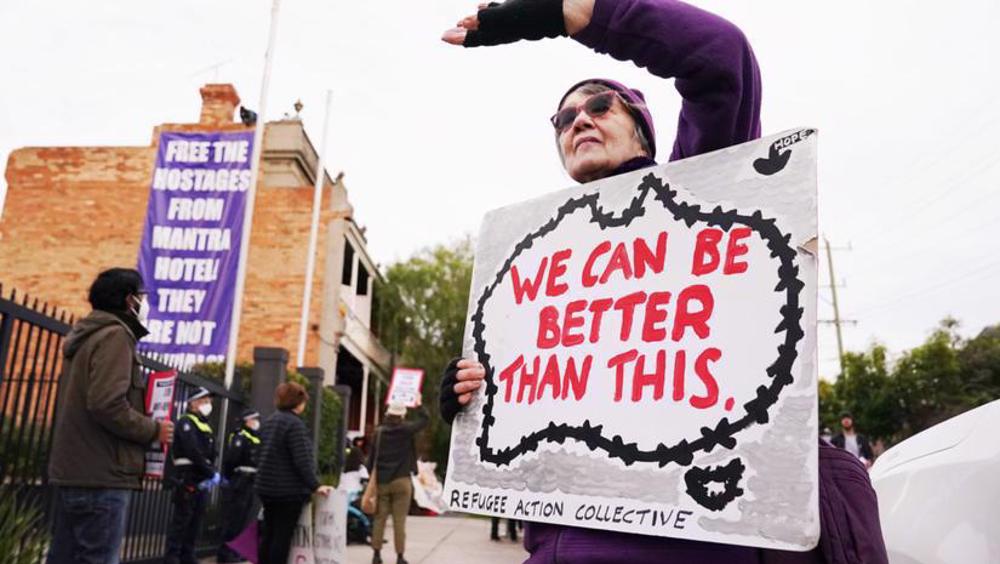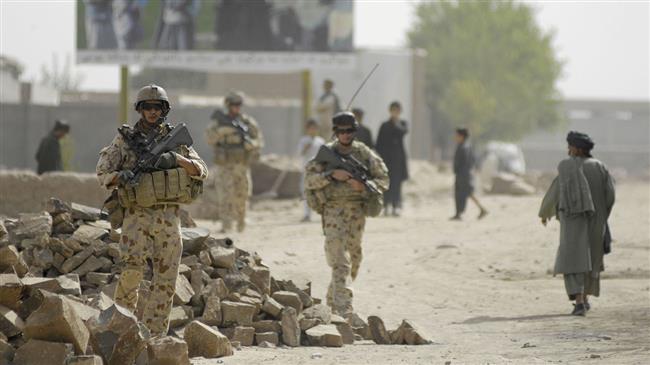1,500 refugees in limbo due to Australia’s controversial policy: Amnesty
Some 1,500 refugees have been in “bizarre and cruel forms of limbo” for more than seven years under Australia’s policy of deterring refugees, an Amnesty official says.
In July 2013, Canberra declared a controversial policy according to which all refugees and asylum seekers heading toward Australia by boat will never be settled in the country and will instead be sent offshore — to Nauru and Papua New Guinea (PNG)’s Manus Island — to have their asylum claims heard.
In a report on Wednesday, the Guardian said that since the adoption of the policy and until the last transfer offshore in December 2017, the Australian government had sent 3,127 people seeking protection as refugees to the islands.
According to an analysis by the British daily, some 47 percent of the refugees still remained in limbo and some 86.7 percent of them have been recognized as refugees.
“It shows clearly that they (Australian authorities) didn’t have a plan when they went into this and certainly not a plan for what to do with the human beings who are going to be trapped up in their system,” the report quoted refugee coordinator at Amnesty International Graham Thom as saying.
“And ultimately that’s why, seven and a half years later, we’re still left with 1,500 people in a range of bizarre and cruel forms of limbo,” Thom added.
As of October 2020, the last time for which official data was available, 290 people still remained in Nauru and the PNG, 145 in each.
Furthermore, over 1,000 refugees are in Australia after being evacuated from Nauru or the PNG for medical treatment or to accompany a sick family member or friend. Hundreds remain trapped in hotels and detention centers — many for more than a year.
The Australian government says those refugees can be returned to the islands at any time, but if they want to stay longer in Australia, they are not allowed to apply for any visas, including temporary protection visas.
Some of the refugees are in community detention in Australia — a controlled release from detention that provides accommodation but severely restricts travel, allows no work rights, and imposes other restrictions.
Australia’s home affairs department has left the refugees in Nauru and the PNG with three permanent migration choices: they can resettle in the United States or another third country, settle in the PNG, or voluntarily go back to their home country or to another country in which they have a right of entry.
However, Amnesty says the options are “absolute nonsense.”
“They are refugees so they can’t go home,” Thom said. “Nobody is being sent back [offshore] whether they want to go or not. And the only third country option available at the moment is the US and not everybody is able to go to the US.”
Australia has been widely criticized by the international community and human rights advocates for sending the asylum seekers who try to reach its shores by boat to Canberra-funded detention camps in Nauru and the PNG.
The UN Human Rights Committee has on several occasions expressed concern about the refugees’ physical and mental well-being in Nauru, citing instances of assault, sexual abuse, self-harm, and suspicious deaths.
Conditions in the PNG have also been criticized by the UN and human rights groups.
VIDEO | Press TV's news headlines
VIDEO | Israel plans massive separation wall in Jordan Valley
VIDEO | Human rights outcry: 110 Palestinian prisoner deaths since Ben-Gvir took office
VIDEO | Hundreds in Lyon decry repression targeting pro-Palestinian figure
VIDEO | Iran marks Mother’s Day with celebrations
UK threatened to cut ICC funding over Netanyahu arrest warrant: Prosecutor
UN says US must lift restrictions on Iranian diplomats
Beacon of justice: Hazrat Fatima Zahra’s lasting legacy in shaping women's role in society













 This makes it easy to access the Press TV website
This makes it easy to access the Press TV website